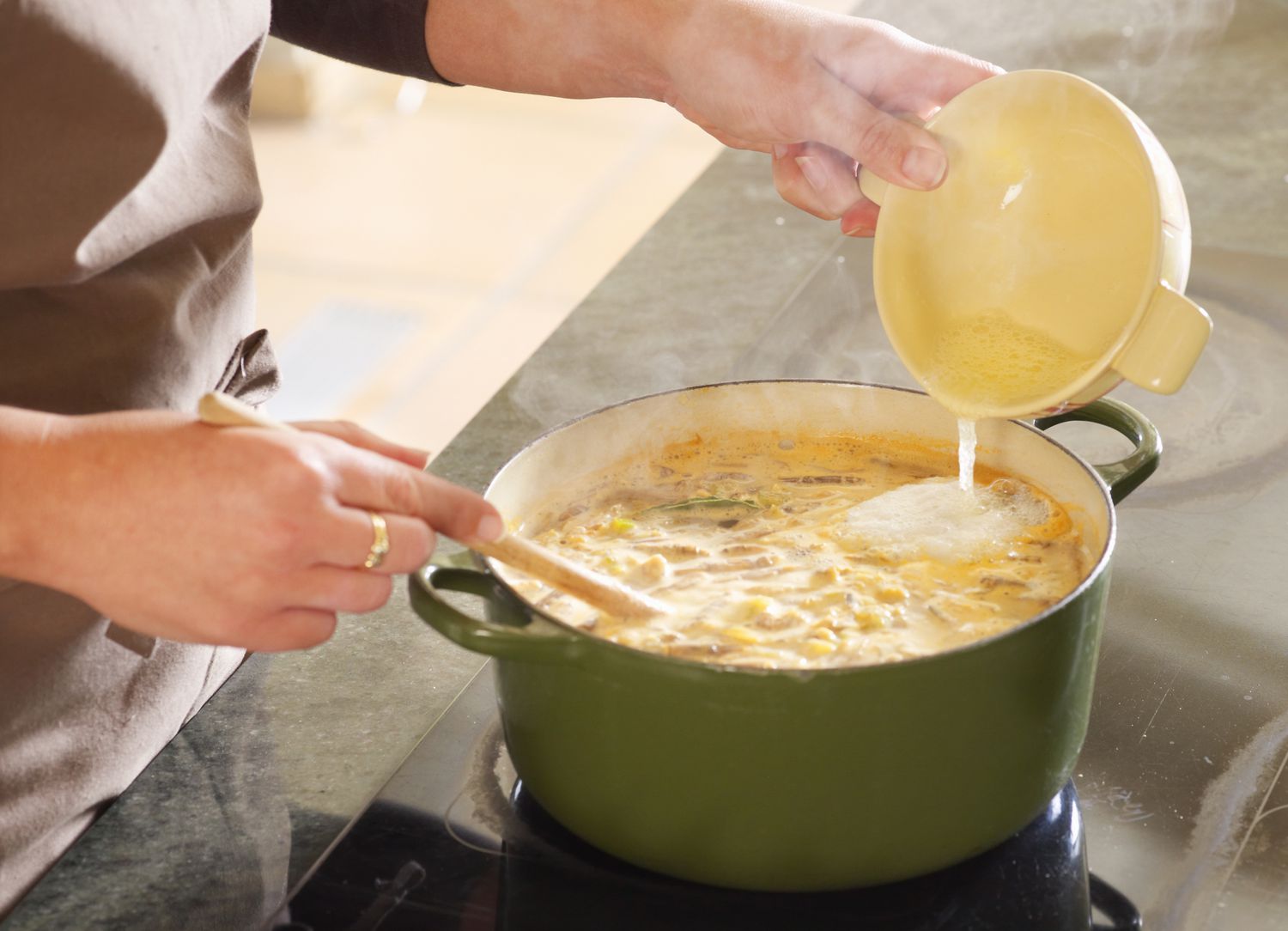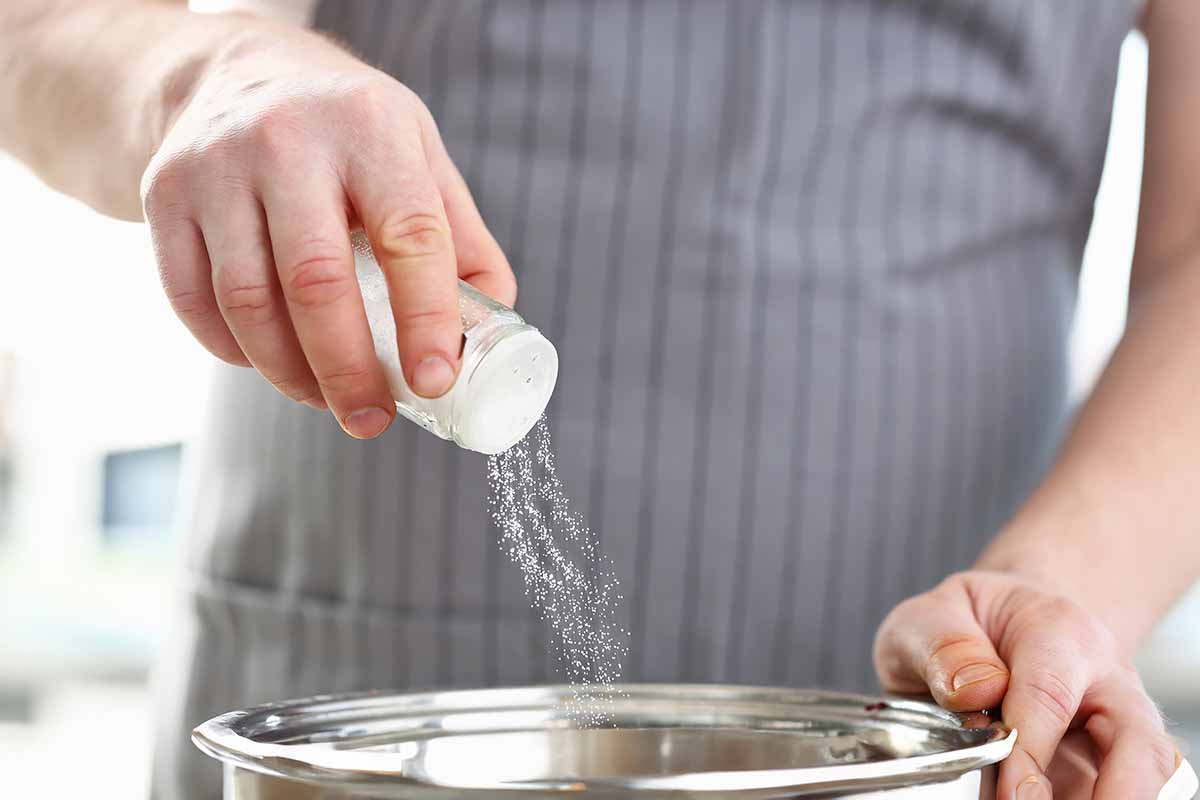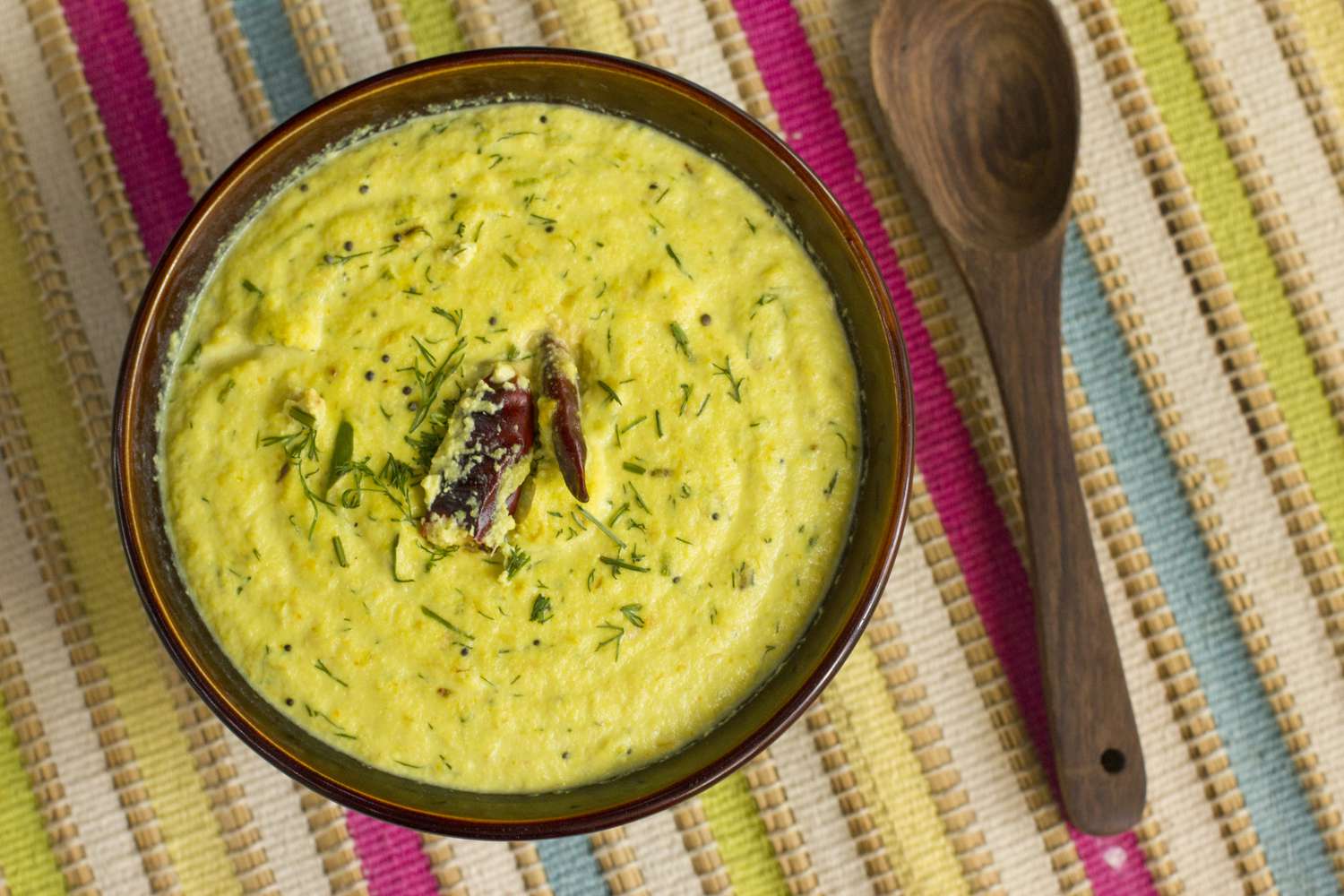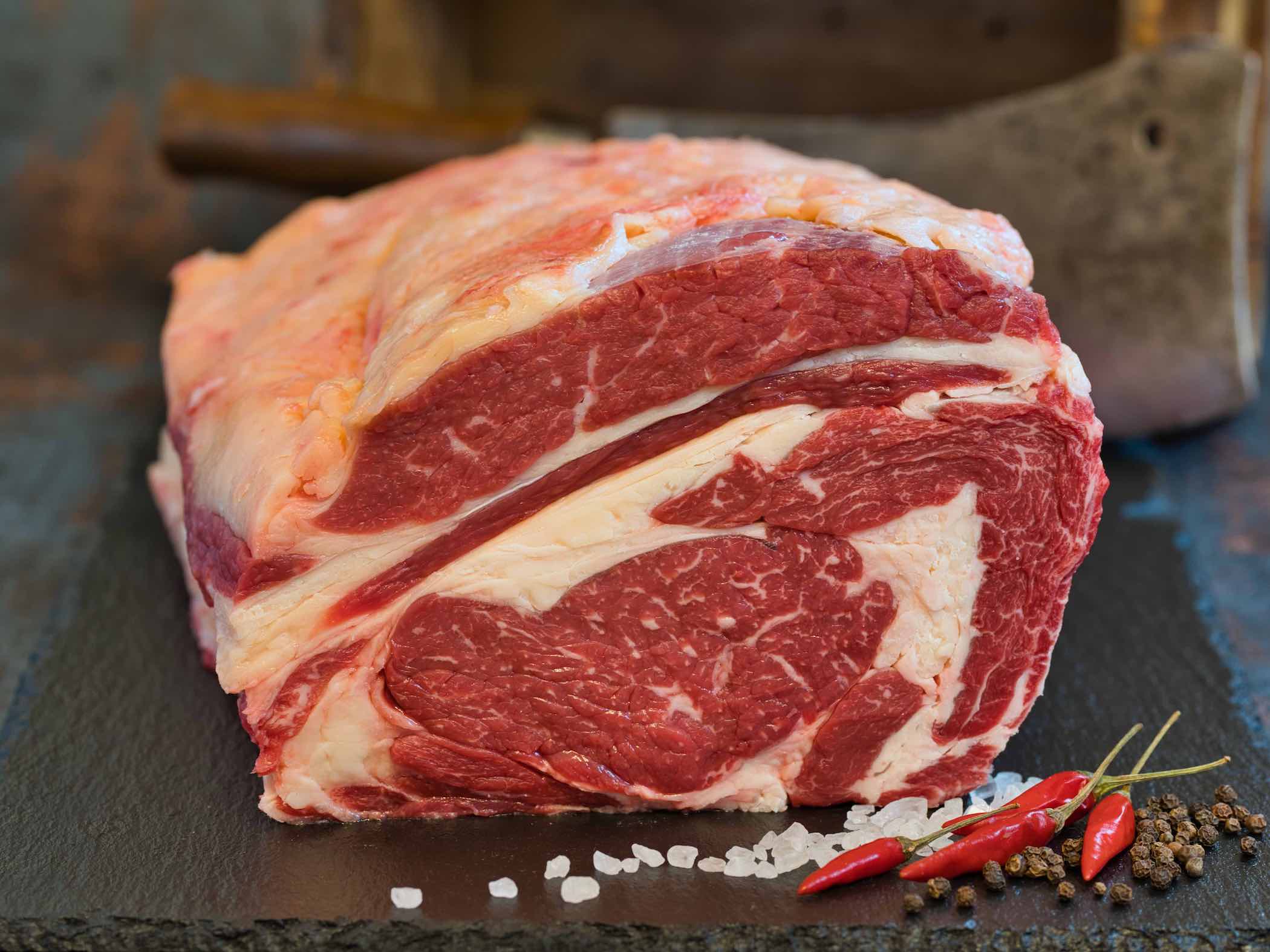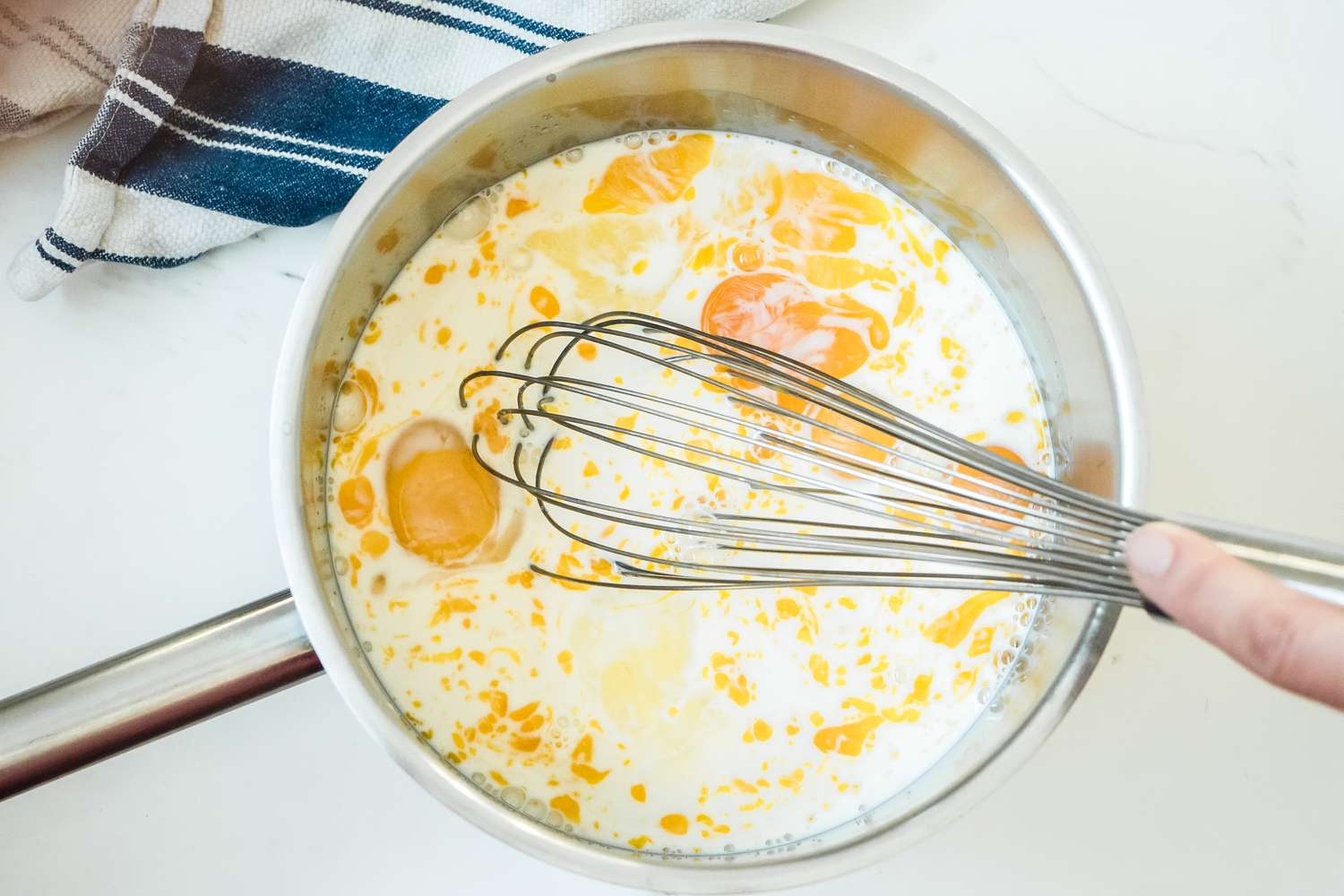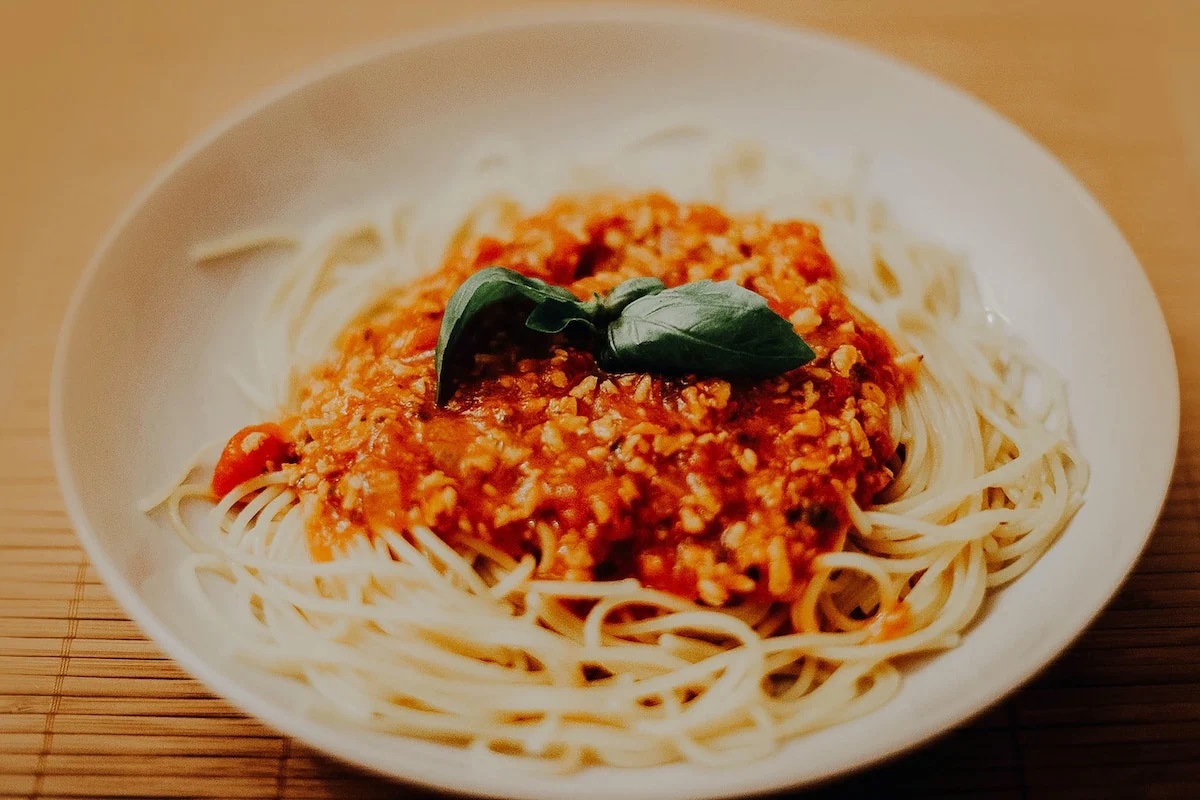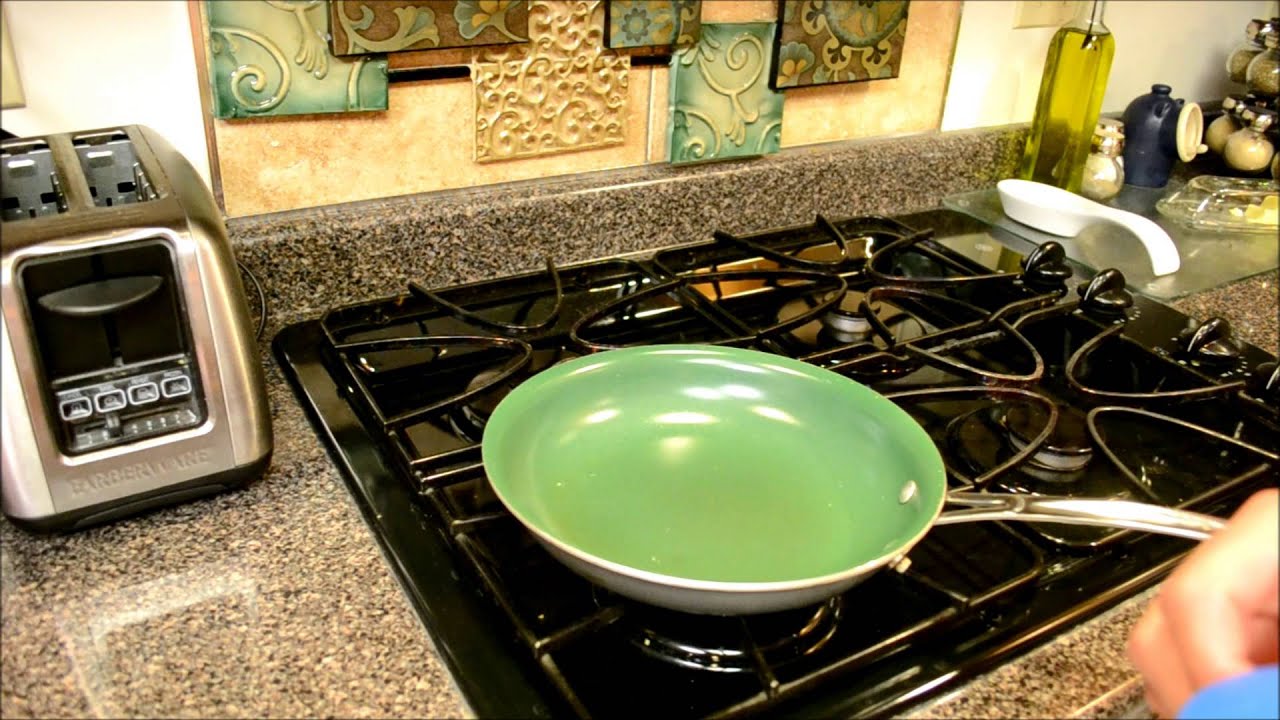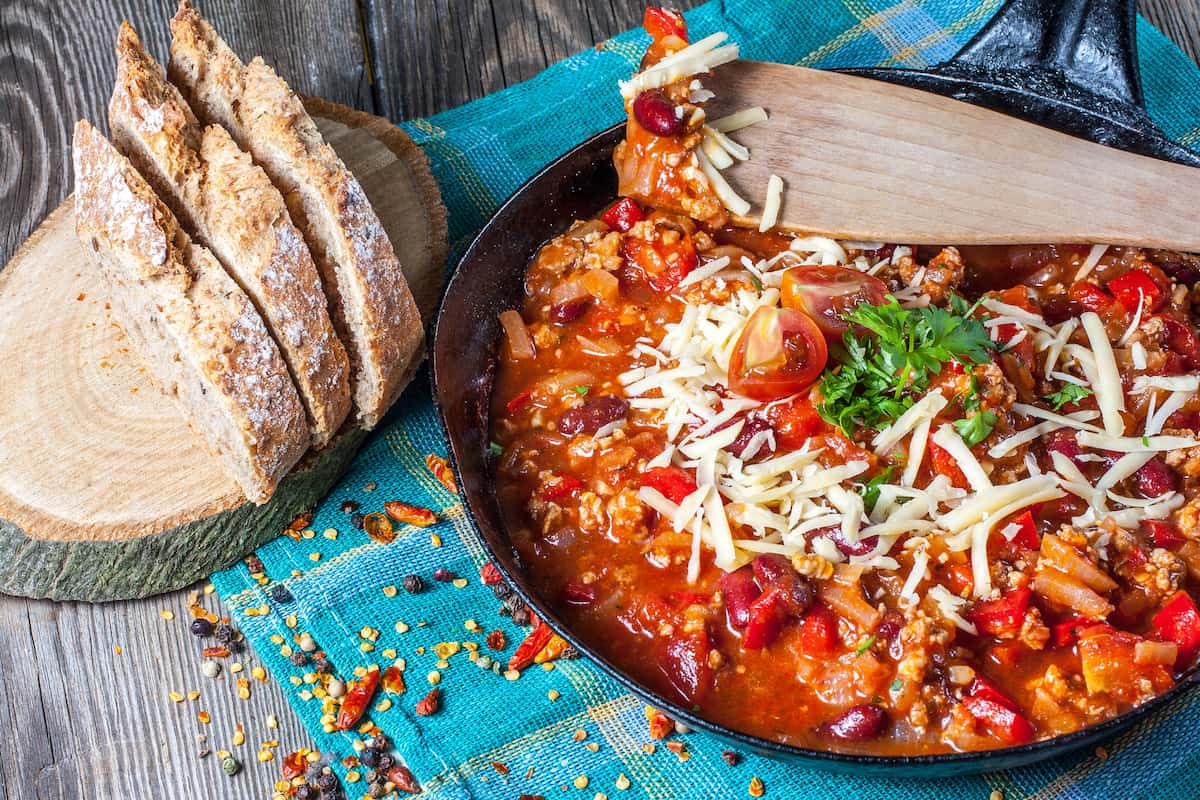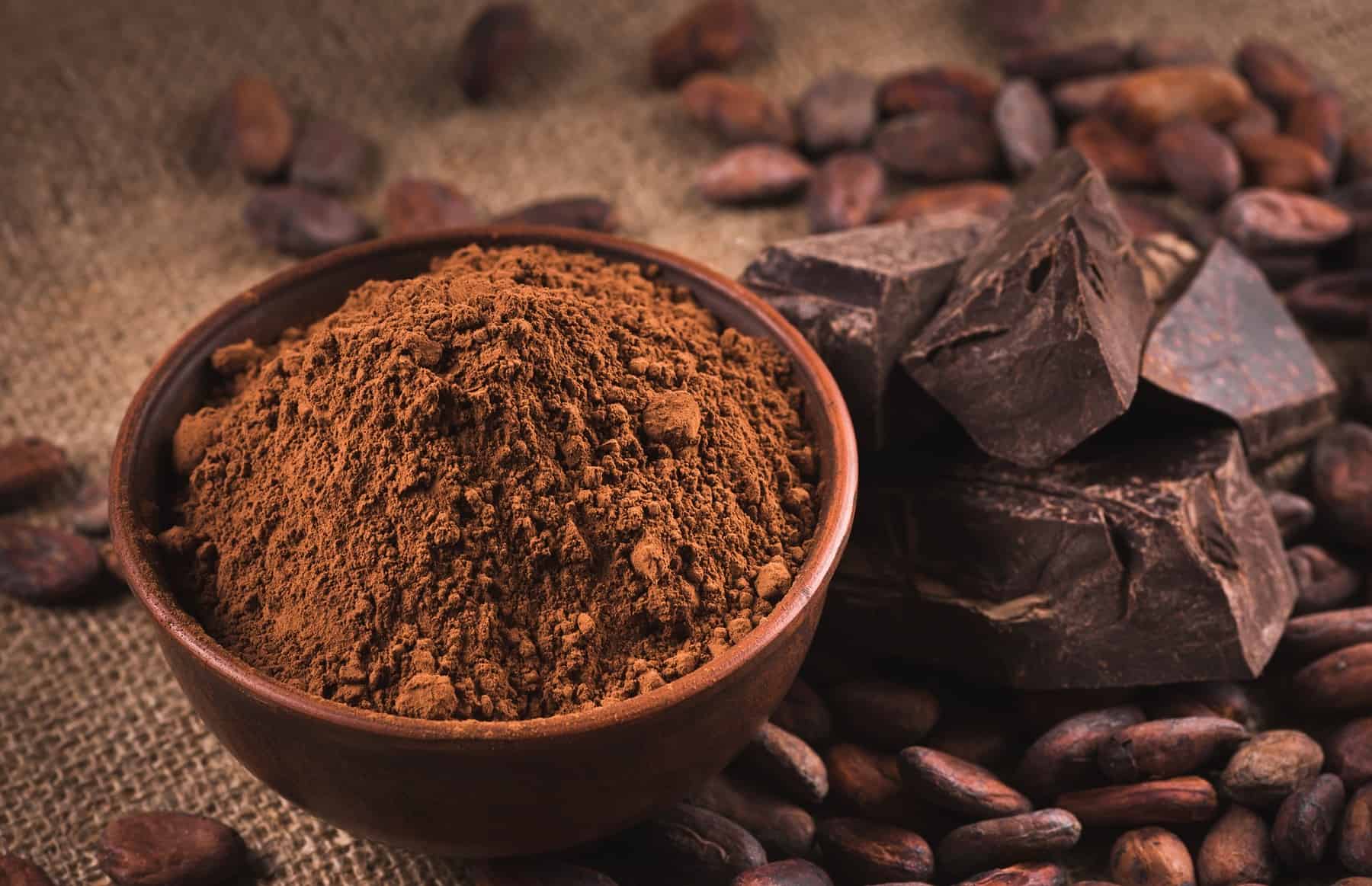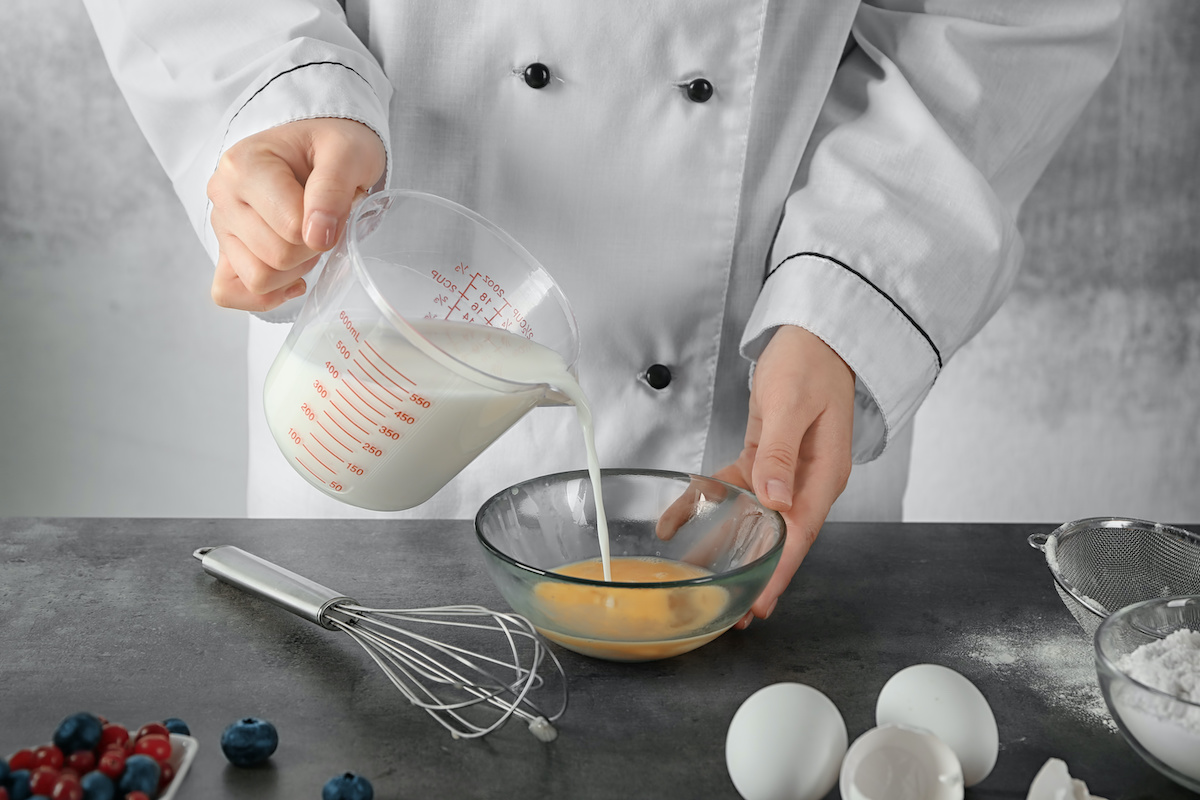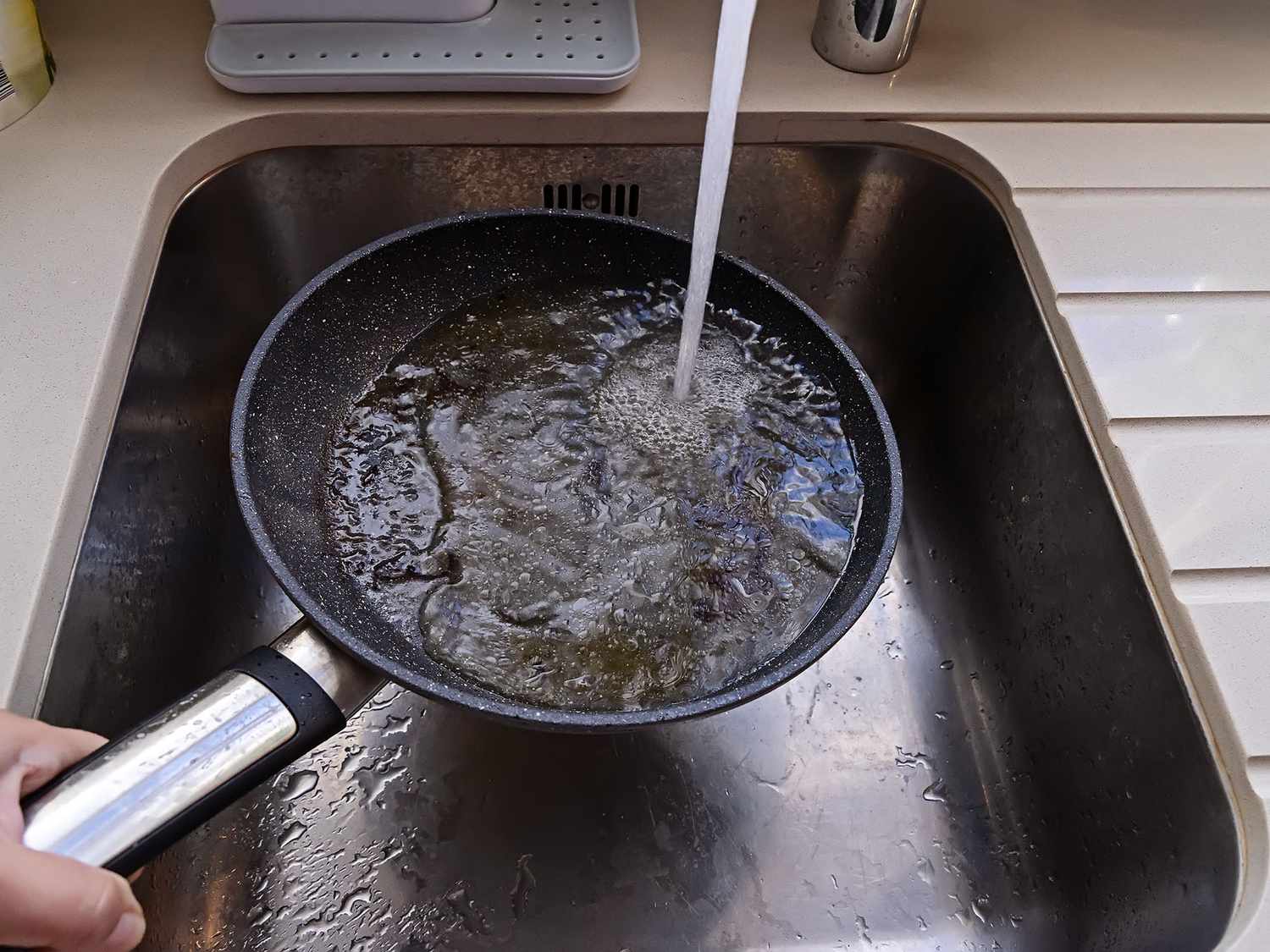Understanding the Art of Tempering Spices
When it comes to creating delicious and flavorful dishes, one of the most important techniques to master is the art of tempering spices. Tempering, also known as tadka or chaunk, is a cooking method commonly used in Indian cuisine to enhance the flavor and aroma of spices. Whether you’re a seasoned chef or a novice cook, learning how to temper spices can take your culinary skills to the next level.
What Does it Mean to Temper Spices?
Tempering spices involves heating whole or ground spices in hot oil or ghee to release their essential oils and enhance their flavors. This process not only adds depth and complexity to the spices but also infuses the oil with their aromatic essence. The tempered spices are then added to dishes at various stages of cooking, imparting a rich and robust flavor to the final dish.
Steps to Perfectly Temper Spices
Now that you understand the significance of tempering spices, let’s dive into the step-by-step process of how to do it perfectly:
- Choose the Right Spices: Select a combination of whole spices such as mustard seeds, cumin seeds, fenugreek seeds, and dried red chilies, or ground spices like turmeric, coriander, and cumin.
- Prepare the Ingredients: Measure out the spices and have them ready to add to the hot oil or ghee. This preparation will ensure that you can quickly add the spices without burning them.
- Heat the Oil or Ghee: In a pan or kadai, heat the oil or ghee over medium heat. The oil should be hot but not smoking, as this can cause the spices to burn and turn bitter.
- Add the Whole Spices: If using whole spices, carefully add them to the hot oil. They should sizzle upon contact, indicating that the oil is at the right temperature.
- Infuse the Aroma: Allow the spices to sizzle and release their aroma for a few seconds, stirring gently to prevent burning.
- Lower the Heat: Once the spices have released their fragrance and turned a shade darker, lower the heat to prevent them from burning.
- Use Immediately: The tempered spices can now be added to your dish, whether it’s a curry, dal, or vegetable stir-fry, to elevate its flavor profile.
Tips for Perfecting Your Spice Tempering Technique
While the process of tempering spices may seem straightforward, there are a few tips and tricks that can help you perfect this essential cooking skill:
- Experiment with Combinations: Don’t be afraid to experiment with different combinations of spices to create unique flavor profiles for your dishes.
- Control the Heat: Pay close attention to the heat level when tempering spices, as overheating can cause the spices to burn and become bitter.
- Timing is Key: Be mindful of the timing when tempering spices, as each spice requires a different amount of time to release its flavors.
- Use Fresh Spices: For the best results, use fresh, high-quality spices to ensure maximum flavor and aroma in your dishes.
- Practice Makes Perfect: Like any culinary technique, mastering the art of tempering spices takes practice, so don’t be discouraged if it doesn’t turn out perfectly the first time.
Benefits of Tempering Spices
Aside from enhancing the flavor and aroma of your dishes, tempering spices offer a range of benefits, including:
- Improved Digestion: Certain spices used in tempering, such as cumin and fenugreek, are known for their digestive properties, aiding in digestion and preventing bloating.
- Enhanced Nutrient Absorption: The process of tempering spices can help unlock the nutritional benefits of the spices, making them more readily available for absorption by the body.
- Rich Aroma: The aromatic essence of tempered spices can elevate the sensory experience of your dishes, making them more appealing and appetizing.
Experiment and Enjoy!
Now that you have a better understanding of how to temper spices, it’s time to put your knowledge into practice. Whether you’re preparing a classic Indian dish or experimenting with global flavors, mastering the art of tempering spices will undoubtedly take your culinary creations to new heights. So, roll up your sleeves, gather your spices, and embark on a flavorful journey of experimentation and enjoyment!
Was this page helpful?
AmberRose3123
I am a web developer at https://softskeys.org/
